Hand
Decoration
Extreme care for details: patience, perfectionism and discipline
A key tenet of our philosophy is to carefully hand-finish all of our in-house movements. We decorate every watch movement with the same level of attention. Each component of every openwork movement is exquisitely finished, whether or not it is visible on the dial side of the watch or through the sapphire crystal back.
The driving force behind our devotion to movement decoration is master watchmaker and Armin Strom co-founder Claude Greisler, who became passionate about hand-finishing while training as an antique timepiece restorer.
“Training in watch restoration totally changed my view about how a watch movement should be made and how it can look,” says Greisler. “Hand-decoration is my favourite part of watchmaking because you can add your own signature to a watch movement and that human element is what elevates it to mechanical art.”
To that end, we have assembled a dedicated team of watchmakers who are specialised in a range of decorative techniques that embellish our movements.
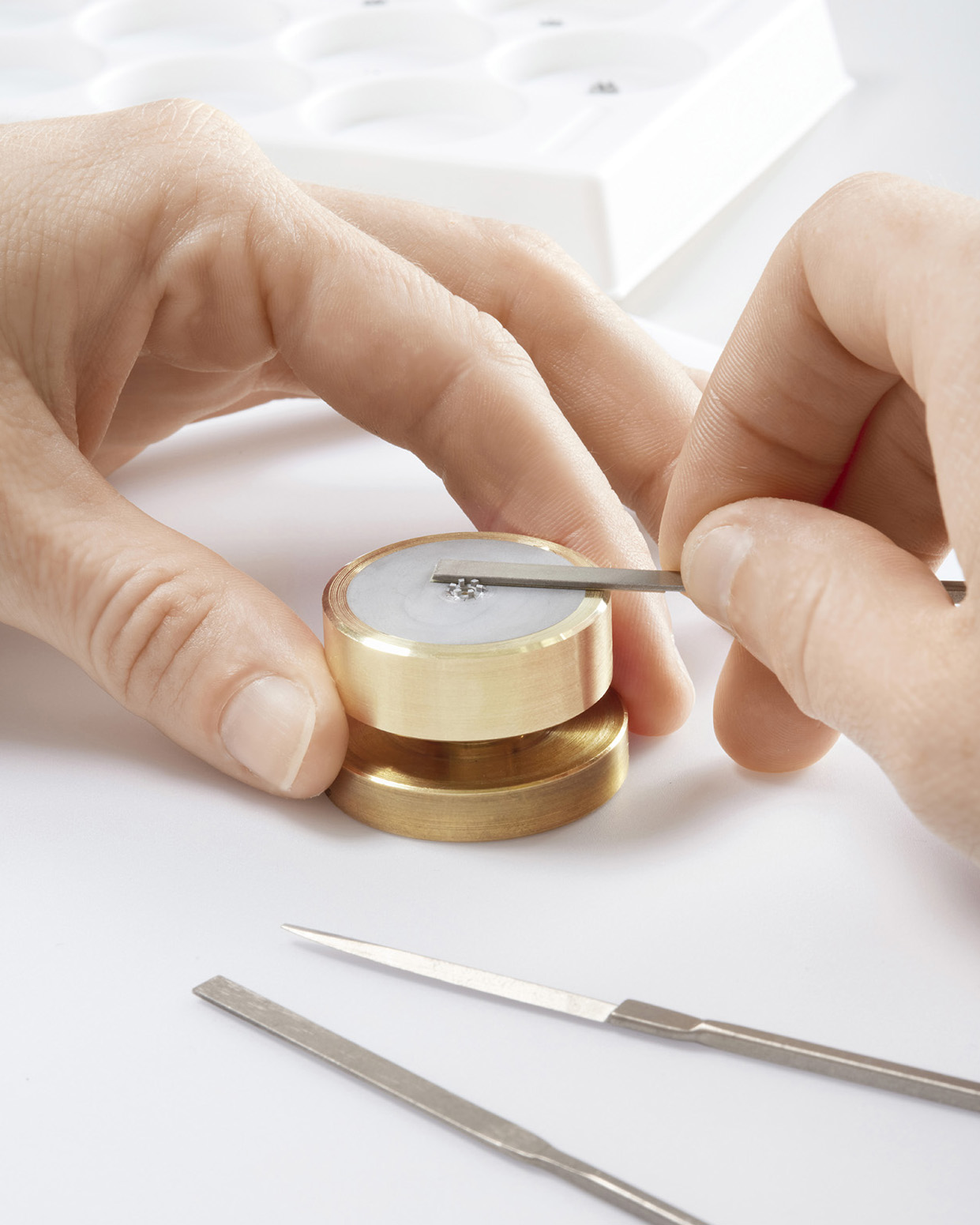
Polished bevels
In the best tradition of haute horlogerie, we create polished bevels – or chamfers – by hand along the edges of components like mainplates and bridges where the upper surface meets the sides.
The specialised watchmaker uses hand-held files to shape and pre-polish the bevel. They then polish the bevel using gentian wood combined with increasingly fine diamond pastes. We can spend dozens of hours bevelling and polishing by hand all of the bridges and plates of a single movement.
“We allow our watchmakers to take as much time as they need to achieve perfectly hand-polished bevels. All spots, scratches and traces of machining must be removed, and the bevelling needs to be flat, smooth, parallel and perfectly polished with no wobbling or wavering.” Claude Greisler, Master Watchmaker & Co-Founder

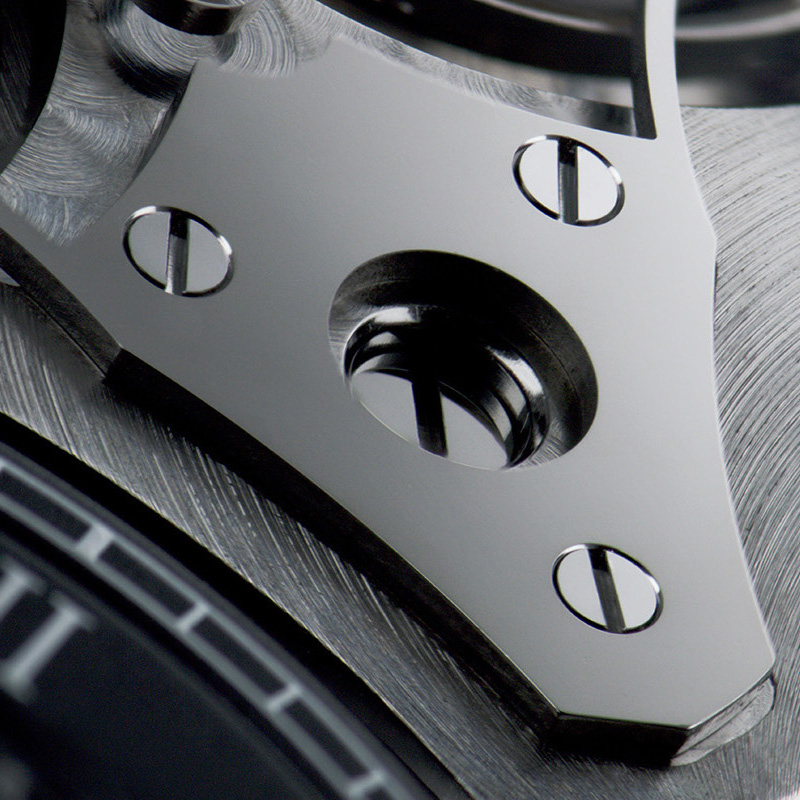
Black polishing
We black polish the flat surfaces of steel components to give them a smooth, mirror-like finish. The watchmaker first pre-polishes the component surface with diamond paper and then gently rubs it in diamond paste against a flat tin baseplate, taking care to apply just the right amount of pressure.
“Black polishing is one of the most difficult polishing techniques,” says Greisler. “If there is one single blemish at the end, you have to start over again and repolish the whole surface.”
Geneva stripes
On some models, either on the dial side or on the back of the movement, we deploy the time-honoured decoration of Geneva stripes. On a lathe, the watchmaker guides an abrasive disc over the movement plate, taking care to move the tool at a constant speed and a consistent angle to ensure a completely uniform finish.
Greisler says: “For me, the sign of well-made Geneva stripes is when the lines are defined, but the surface remains smooth and flat, with no material visibly removed.”
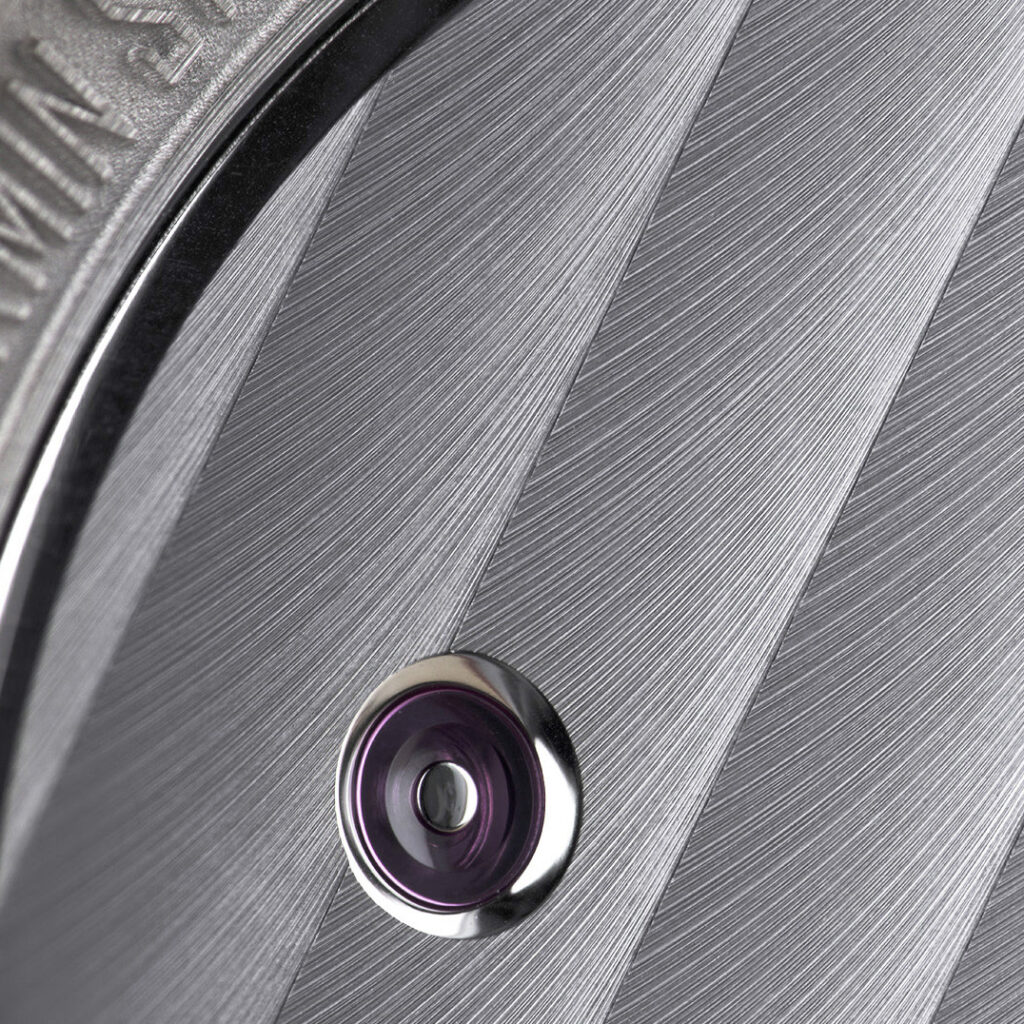

Straight-grained sides
Sometimes, a linear decoration is the best complement to a component, particularly those with long sides like Armin Strom’s distinctive finger bridges. Achieved by gently scraping diamond paper against the component, straight graining on the flanks of the bridge can act as the perfect visual counterpoise to the shiny hand-polished bevel around the edges.


Straight graining
We also apply straight graining to the top surface of components to provide a linear satin finish that boasts a gentle sheen. As with lateral straight graining, top-surface straight graining is created by lightly scraping diamond paper against the component by hand.
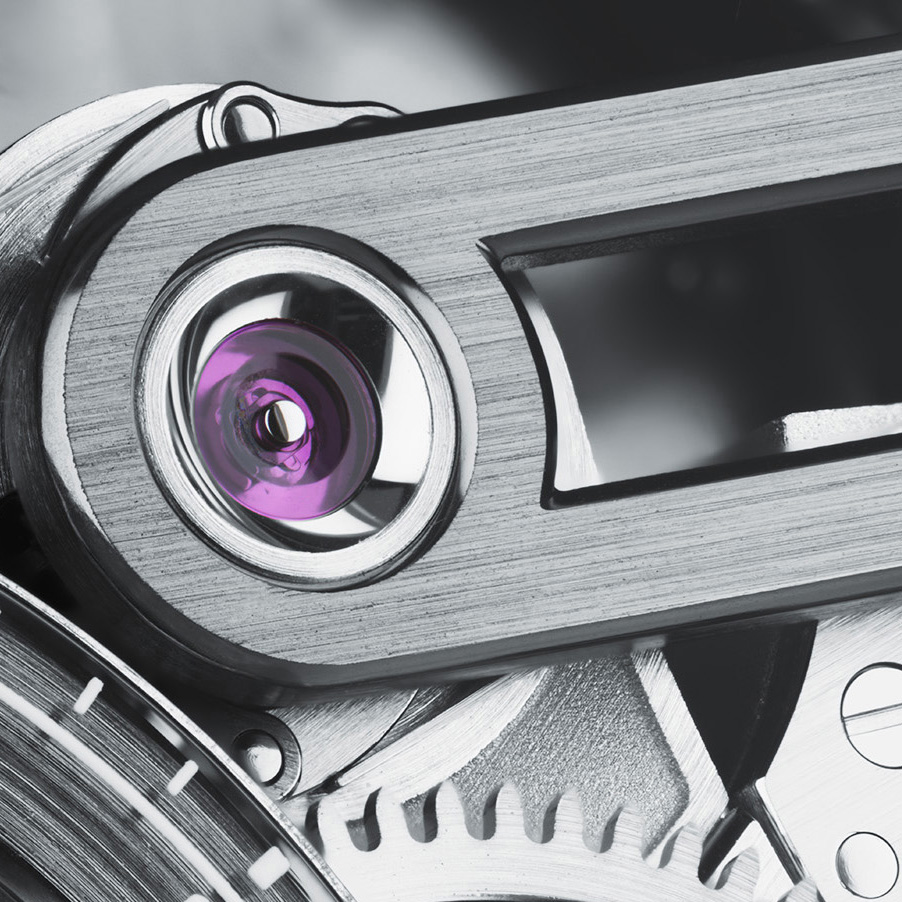
Matte, frosted and tremblage finishes
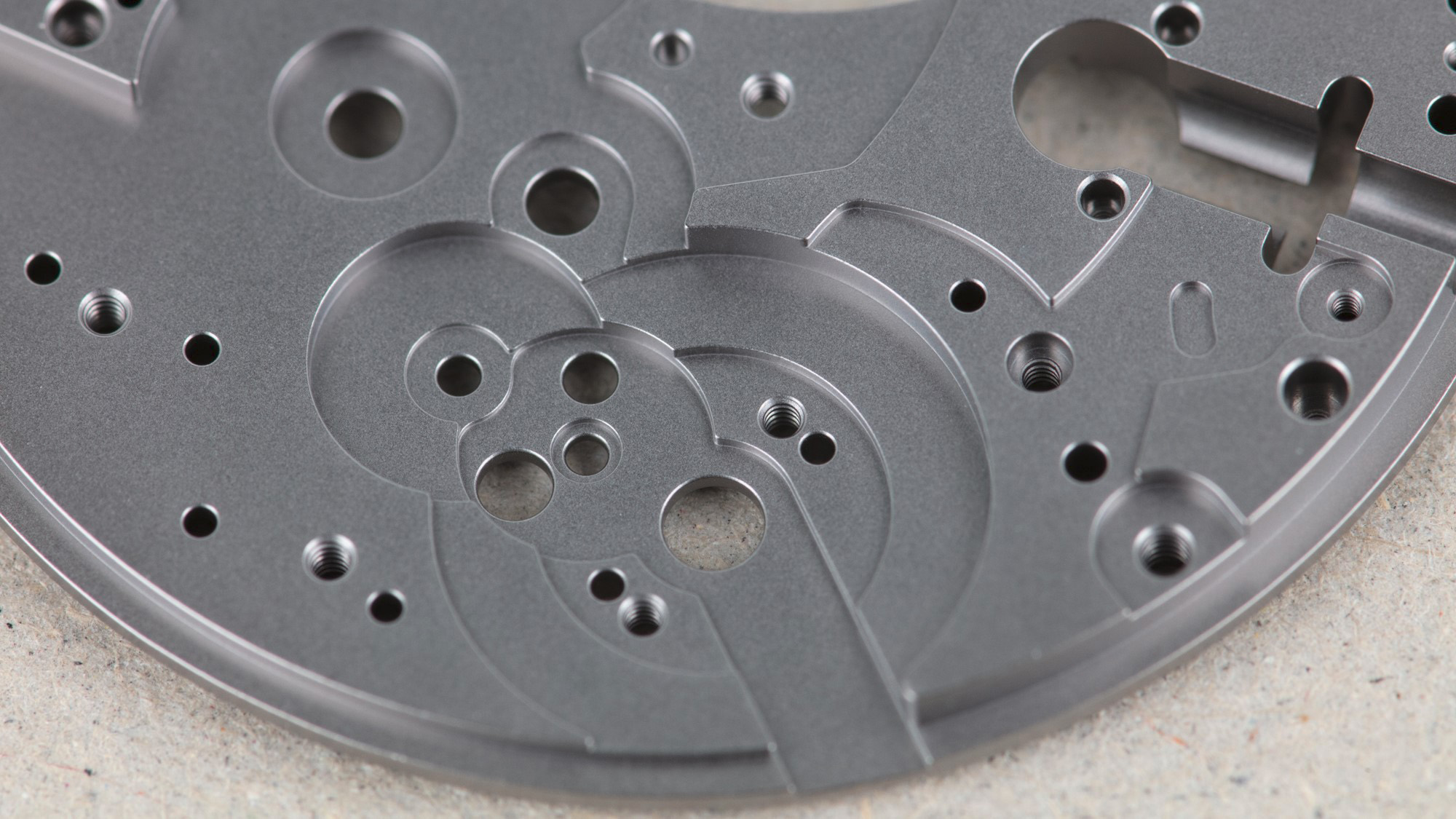
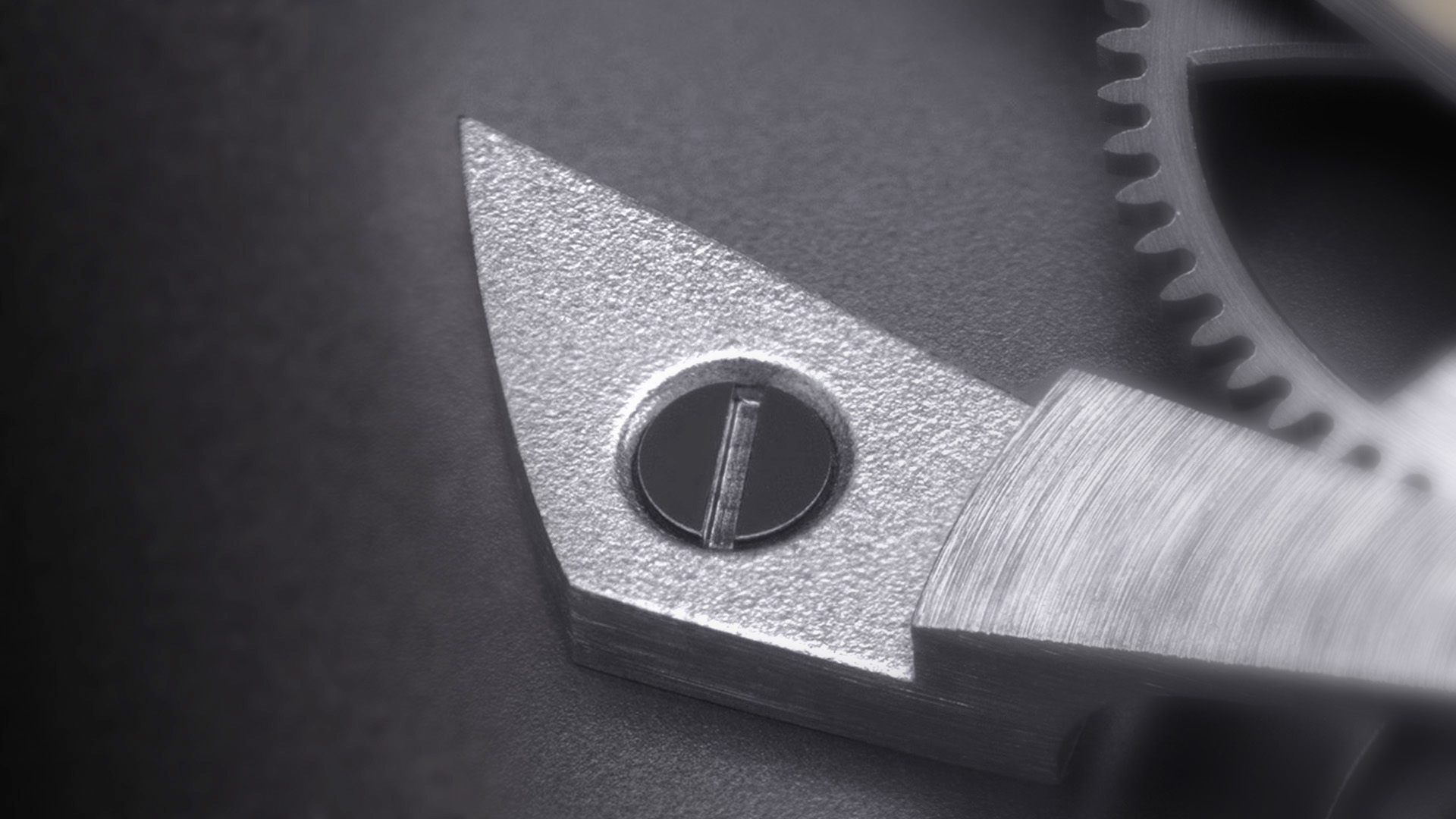
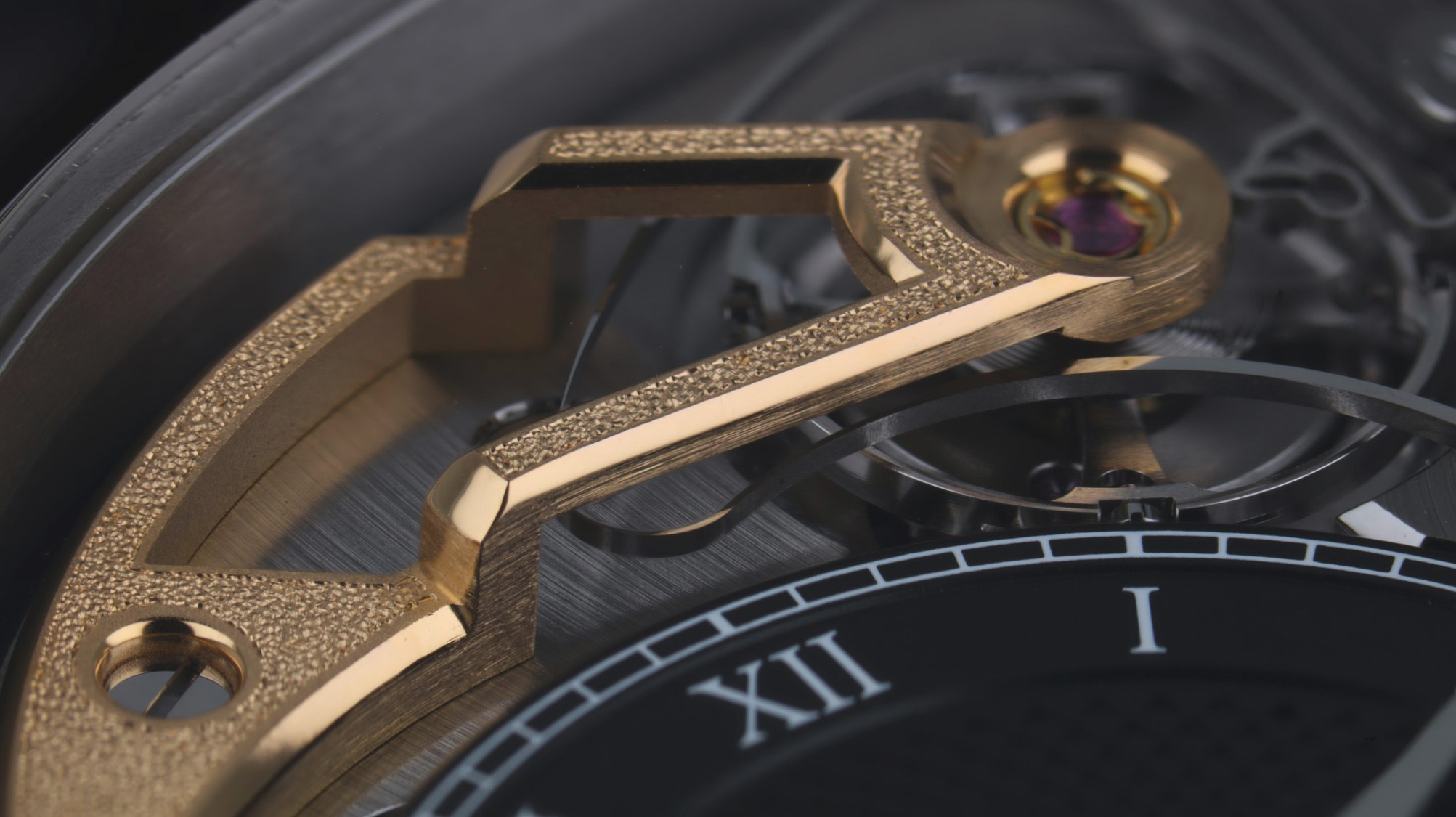
The gleam of polished components can be made even more prominent when offset by a contrasting texture. It is vital, then, that we master a variety of matte finishing techniques.
Hand-applied sandblasting gives components a fine matte finish. A coarser finish can be obtained through hand-frosting, which sees the decoration specialist use tiny hand movements to rub the component on abrasive pastes, grains, glass pearls and aluminium oxide.
Finally, there is the meticulous art of tremblage, performed by a hand-engraver who uses a selection of chisels to make a series of small openings in the component surface to create a soft sparkling texture. To ensure an even tremblage across the surface, the engraver must have the dexterity to apply consistent pressure with each chiselling action.
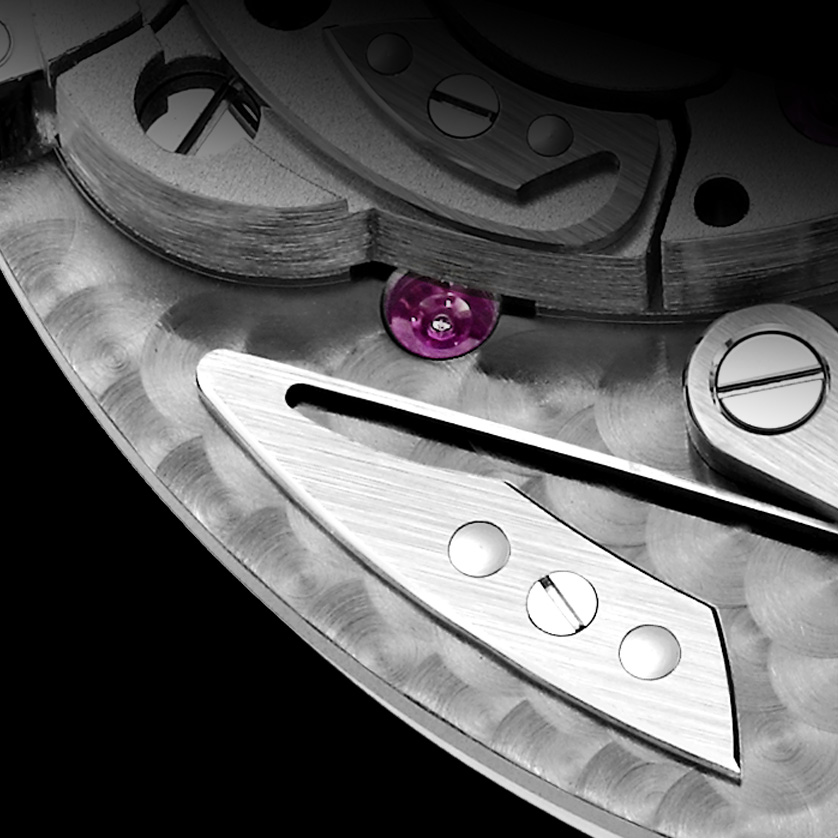
Perlage
Often found on our mainplates, perlage is a “fish scale” pattern of overlapping circles that the watchmaker creates by using a hand-operated drill press to lower a rotating abrasive rod onto the component surface multiple times.
Greisler says: “Applying perlage by hand like we do means we can adapt the pattern to the conditions of the component. Maybe there are traces of machining in certain places that require extra attention. We can then decide if we should go less deep here or remove more material there.”
Circular graining
We decorate rotating parts like gears with circular graining. Rather than stamping, we profile-turn our gears for optimal quality. This lends a circular pattern to their surface, which we refine further by using a hand-operated tool to rotate each gear against diamond paper. This makes the circular graining stand out even more.
“When we look at a gear train, we want each gear’s finish to look the same,” says Greisler. “So, the circular-graining specialist must manually gauge the pressure required to obtain a consistent aesthetic across all the gears.”
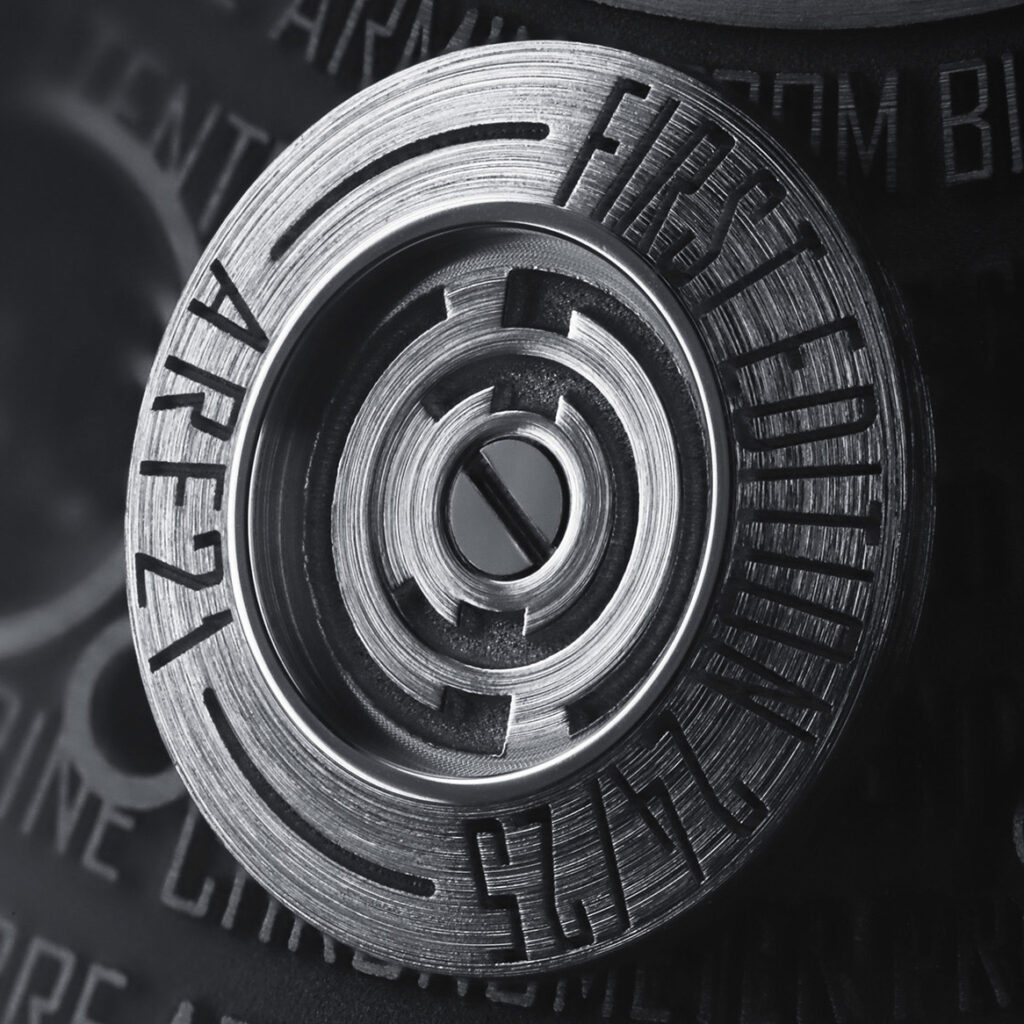
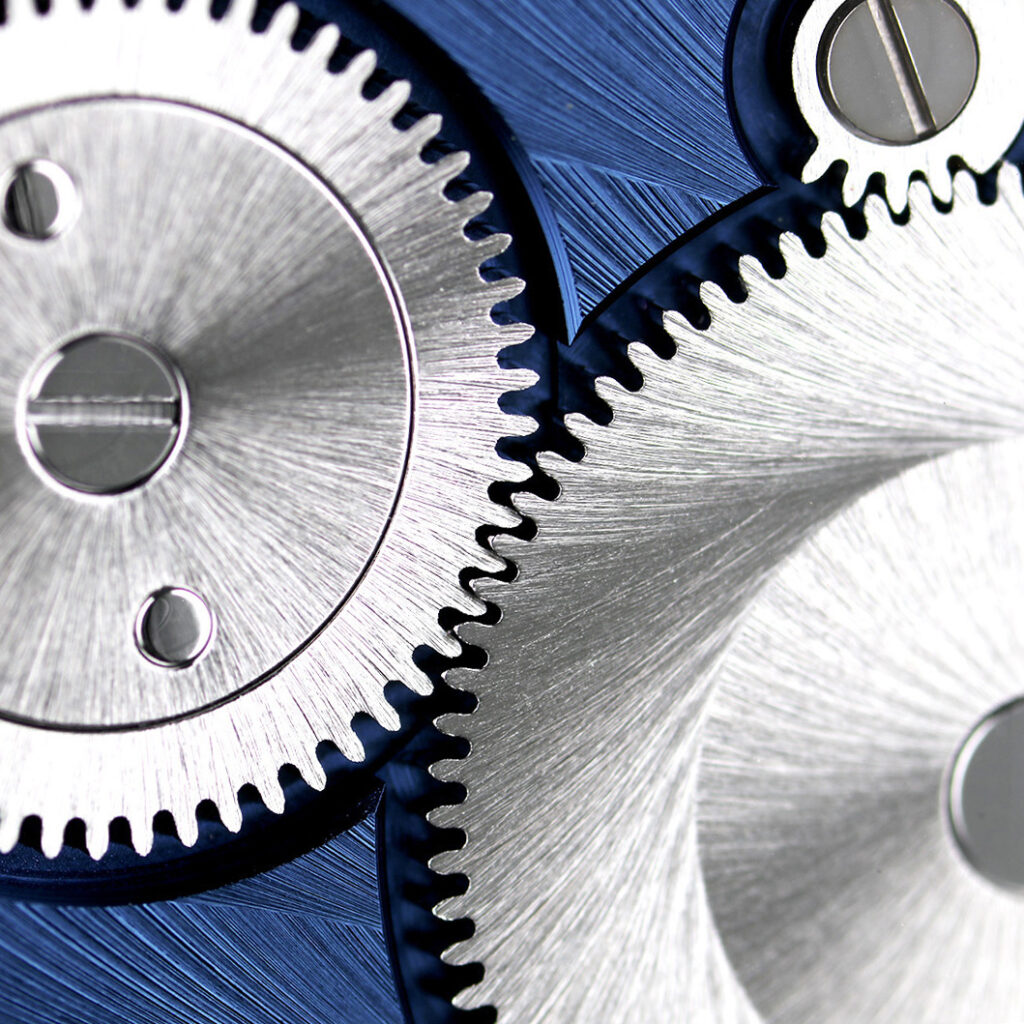
Sunbrushed
Using a lathe and abrasive tool, our watchmakers can enhance the surface of components with a sunbrushed pattern. This vivid decoration catches the light as well as the eye with its dramatic, sweeping lines.